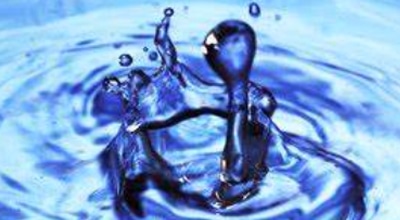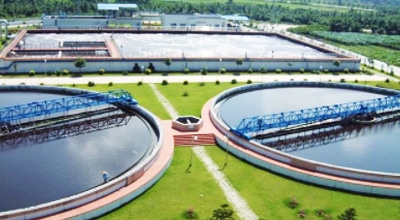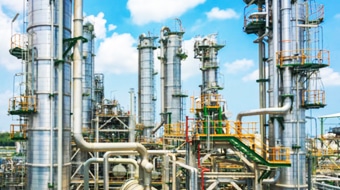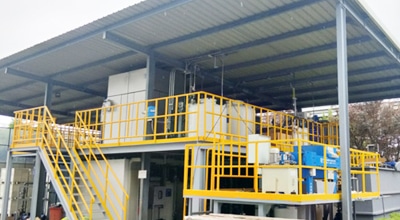Nitrate & Nitrite Sensor
What are nitrate and nitrite?
Nitrates and nitrites are compounds that contain nitrogen and oxygen. Both nitrate and nitrite molecules contain one nitrogen atom. Nitrites have two oxygen atoms, while nitrates have three oxygen atoms.
Nitrate
Nitrates represent a more oxidized state of nitrogen. Autotrophic bacteria convert ammonia to nitrite and then to nitrate under aerobic conditions; lightning converts large amounts of atmospheric nitrogen (N2) directly to nitrate. Bacterial reduction of nitrate can also produce nitrite under anaerobic conditions.
Nitrite
Nitrite nitrogen occurs as an intermediate stage of ammonia/ammonium biodegradation. Autotrophic bacteria convert ammonia to nitrate under aerobic (aerobic) conditions.
Nitrification and denitrification
This process occurs naturally in lakes, rivers and other water and natural environments. These biological processes are often applied in wastewater treatment or biofiltration to remove nitrogen. Nitrification may occur in drinking water distribution systems, which is not required and should be closely monitored.
Nitrification is a two-step aerobic biological oxidation of ammonia to nitrite and finally to nitrate. Denitrification is a microbially facilitated process in which nitrate is reduced anoxically to produce molecular nitrogen as the final step.
In these processes, autotrophic bacteria (such as Nitrosomonas) or heterotrophic bacteria (such as Bacillus nitrificans) convert ammonia, nitrate and nitrate to nitrogen using different conditions in the aerobic (aerobic) and anoxic zones of the wastewater treatment. In addition to other important factors such as alkalinity, oxygen control is critical for nitrification. Dissolved oxygen (DO) must be monitored and managed during this process. Effective denitrification relies on the lack of DO and the right amount of readily degradable carbon.
Why measure nitrate and nitrite?
As components of the nitrogen cycle in the environment, nitrite and nitrate are important sources of nutrients and nitrogen for plants and the complex organisms that consume them. Nitrate ions are composed of oxygen and nitrogen and are naturally present in the soil. Because nitrites are readily oxidized to nitrates, they are not commonly found in surface waters.
When concentrations are adequately monitored and maintained, nitrite and nitrate play an important role in many industrial and municipal water quality monitoring programs:
- Nitrites are commonly used as corrosion inhibitors in industrial process water and cooling towers.
- The food industry uses nitrite compounds as preservatives.
- Many granular commercial fertilizers contain nitrogen in the form of nitrates.
High nitrite and nitrate concentrations can negatively impact water treatment processes and pose health risks:
- High levels of nitrate in water may indicate biological waste in the final stages of stabilization or runoff from heavily fertilized fields.
- Nitrate-rich wastewater discharged to receiving waters can promote excessive algae growth, thereby reducing water quality.
- Drinking water containing excess nitrate (MCL = 10 mg/L) can cause methemoglobinemia (blue babies) in infants, while nitrite concentrations rarely exceed 0.1 mg/L.
Nitrite and nitrate concentrations can negatively affect wastewater treatment processes and pose health risks:
- Nitrate can cause degradation of systems that maintain biological phosphorus removal by contaminating anaerobic zone conditions.
- The presence of nitrite can reduce the effectiveness of chlorine disinfection systems.
- Total inorganic nitrogen (TIN) levels in wastewater can lead to degradation of water quality.
How does nitrite & nitrate sensor work?
Nitrate sensors and nitrite sensors are devices used to measure the concentration of nitrate and nitrite in aqueous solutions, respectively.The principles of the two probes offered by Apure are relatively similar, and are based on the ion-selective electrode (ISE) principle. ISE sensors are sensors based on the potentiometric method of measurement, which operates on the principle of utilizing selective electrodes to measure the response potential of specific ions (e.g., nitrate ions, nitrite ions). is measured by the response potential of the selective electrode to specific ions (e.g. nitrate ions, nitrite ions).

































